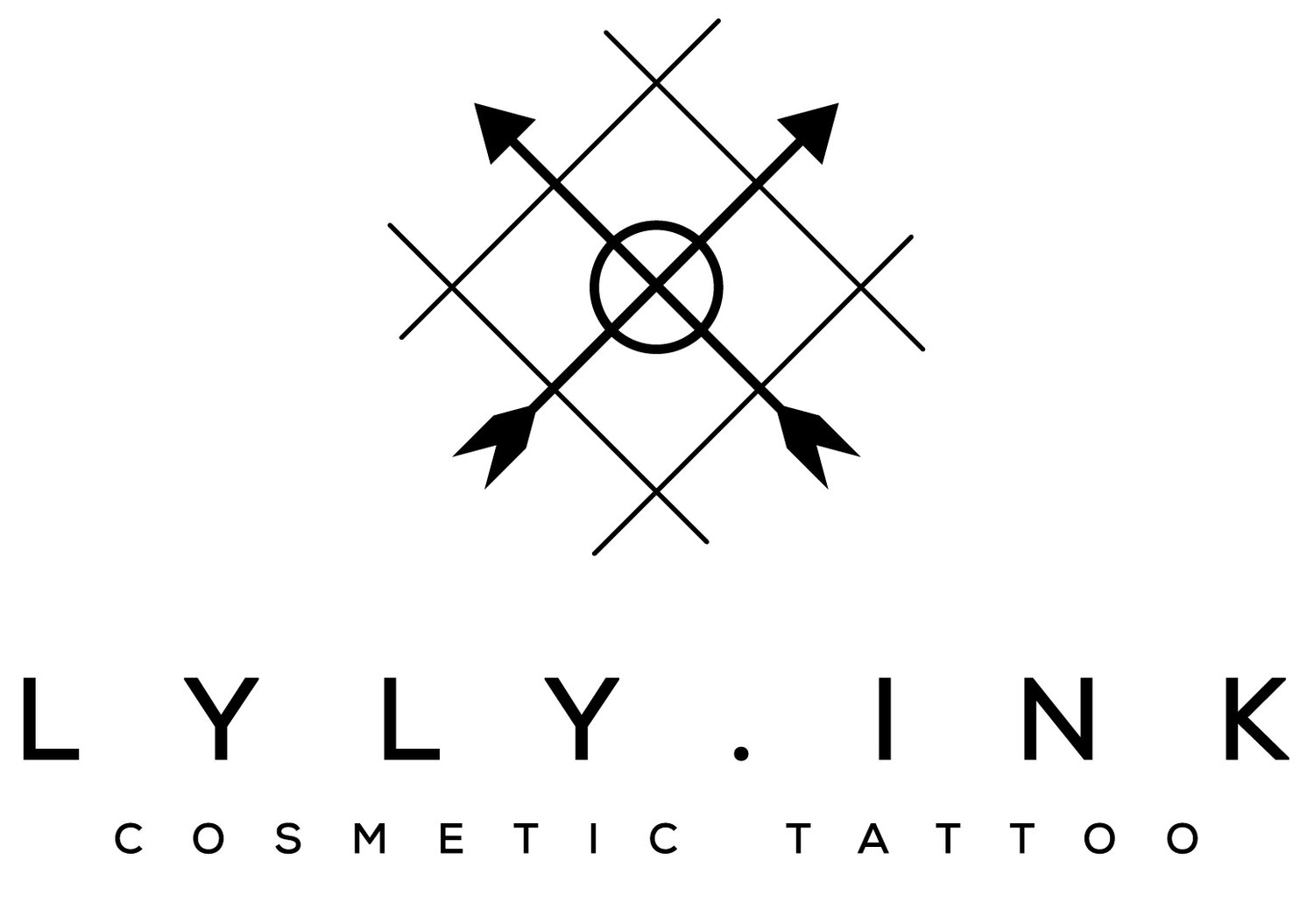When considering microblading, there are certainly going to be some questions! I hope this FAQ guide helps put your mind at ease.
What is Microblading?
Microblading (also known as "Semi-Permanent” or “Permanent Eyebrows", "Microblading", "Micropigmentation", "Eyebrow Embroidery", and "Eyebrow Feathering") is the process of depositing pigment ink under the skin using tiny sterile needles lined up to create a tiny “blade” to create tiny hair-like cuts in the skin’s surface. The microblading technique creates long-lasting eyebrow hair strokes, each in and of itself a tiny tattoo. The goal is subtle enhancement of your natural features, one hair stroke at a time. Microblading is done with a hand tool, not a machine.
Microblading is still considered tattooing, with the main difference being that traditional tattoo pigment is implanted sightly deeper and uses different pigment inks with much larger particles. Micropigmentation pigments are made with a blend of very fine iron oxide particles, organic and inorganic pigments These iron oxides and pigments are slowly broken down by your skin’s macrophages and/or absorbed into your system as mineral irons over time.
Microblading deposits the specially-formulated pigments relatively superficially, in the epidermal/dermal junction, resulting in a subtle softening and fading of colour over time. Microblading often fades to a soft, powdered look in many individuals and is often considered semi-permanent, as it can fade faster than machine techniques. One may expect yearly refresher treatments with this type of procedure, though many people find it lasts longer. Any time we break the skin barrier and implant a pigment, we have to be aware that there could be some aspect of permanency.
How long does it last?
Microblading is designed to last for 2-3 years or even longer. Over time the pigment deposit will break down and fade and touch-ups may be done every 1-3 years to maintain your results. More frequent touch-ups may be required in certain cases, such as lighter pigment colour choices, sun exposure, in smokers, and in clients who are iron-deficient. Other factors that can compromise pigment longevity are chemical peels and use of glycolic acids and retinoids in the treated area. Once several sessions have been done over the years, you may find a level of saturation has been reached in the skin, and microblading will no longer be effective for maintenance. Some users may switch to a powder brow overlay, or even a 1-3 sessions of laser removal, to reduce or remove the depth of pigment.
Does microblading hurt?
There will be a topical anaesthetic (either a 23% Lidocaine, 7% Tetraciane or a 30% Lidocaine for some skin types) applied prior to treatment, and a mild anaesthetic with epinephrine will be re-applied during your treatment. Individual pain thresholds will vary, but rest assured I will do my very best to help keep you as comfortable as possible. It is advisable to avoid booking for treatment if you are pre-menstrual.
What is the pigment ink made of?
The pigments used in cosmetic tattooing are primarily comprised of iron oxides and organic/inorganic pigments, which have been safely used in cosmetics for ages and which are an important part of our daily diets. Iron is naturally-occurring, organic, and is found in your body. Iron oxides are necessary for biological functioning. In cosmetic tattooing, specifically, is regarded as safe, stable, long-lasting, and well-tolerated. The base of the pigments I use are primarily water and glycerine.
Can I get treated if I'm pregnant or breast-feeding?
I will not tattoo pregnant or breast-feeding clients.
Can I have an MRI if I have cosmetic tattooing?
Yes. However, it is advisable to inform your MRI technician if you have any tattooing, either on your face or on your body before you undergo the medical procedure.
How long does it take?
We book appointments for around 2 1/2 hours. This is to ensure that we take the time to decide what shape, custom colour blend, and style will best suit you, and allows for adequate numbing time to provide you with the most comfortable treatment possible. Touchup appointments are booked for 1 1/2 hours.
What happens if there's a mistake?
There are manual saline, glycolic removal and laser correction options available, though we will take the time we need to ensure that your expectations are met the first time!

